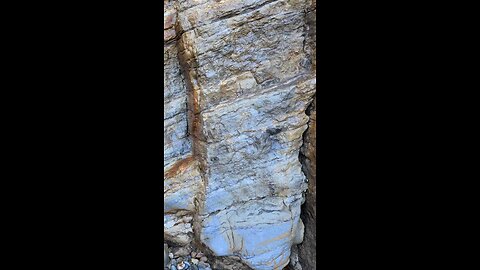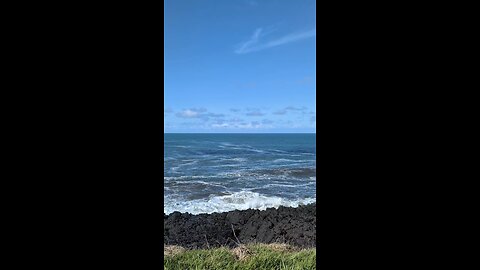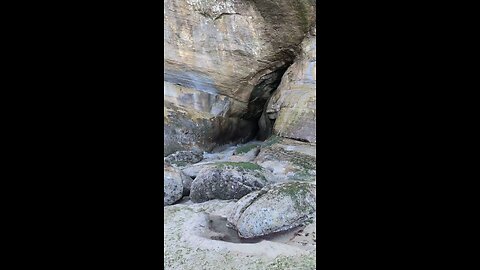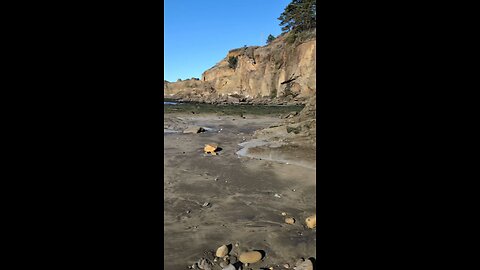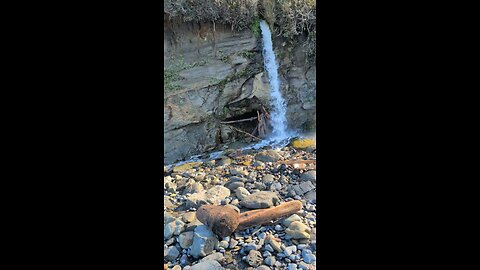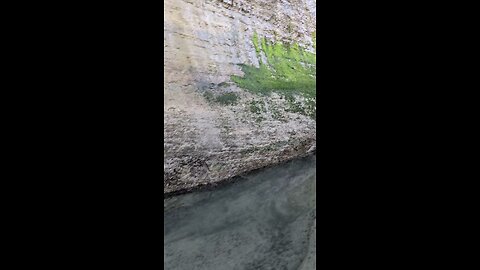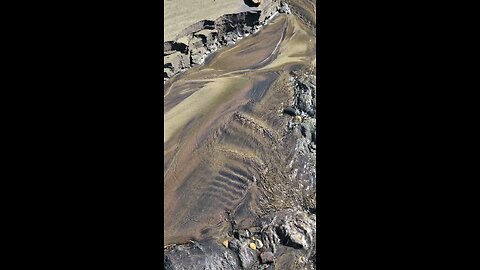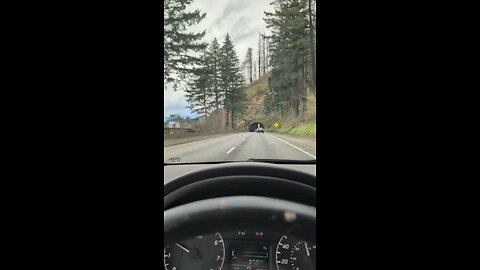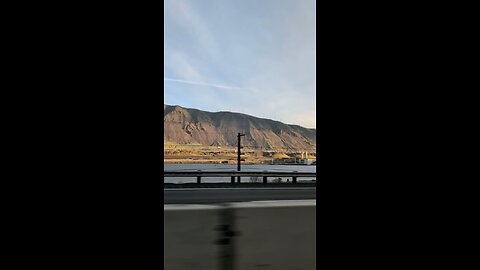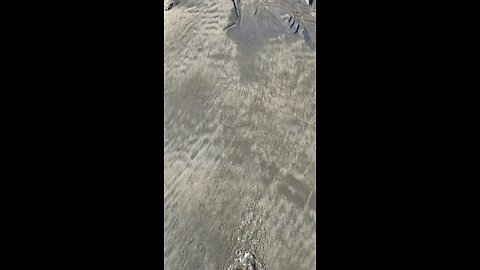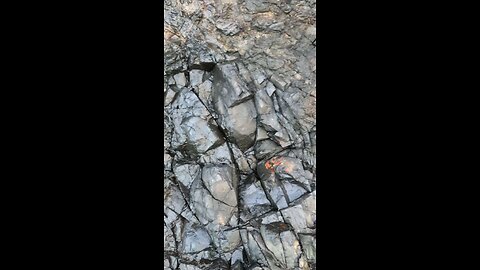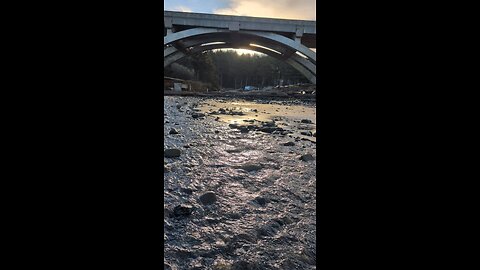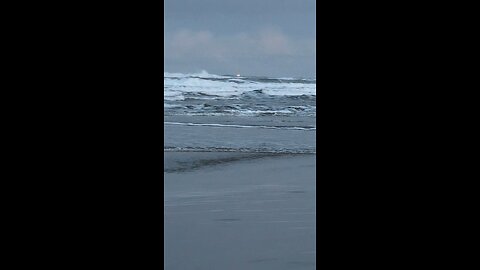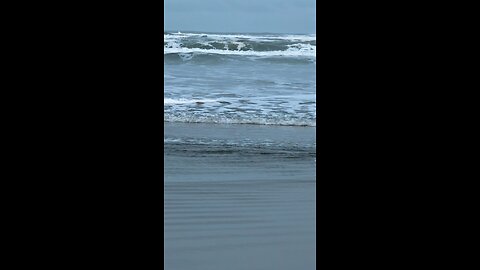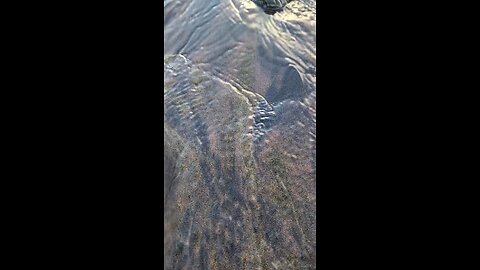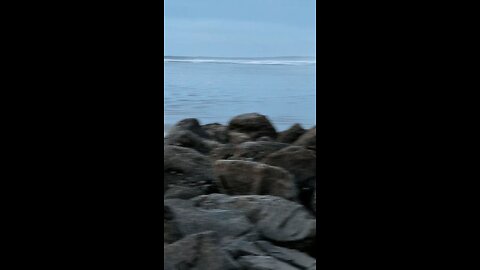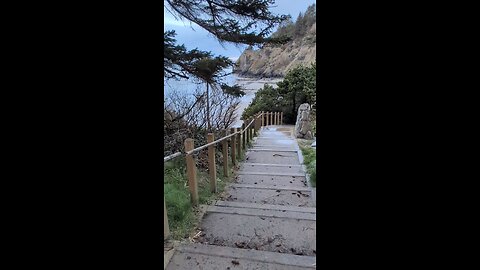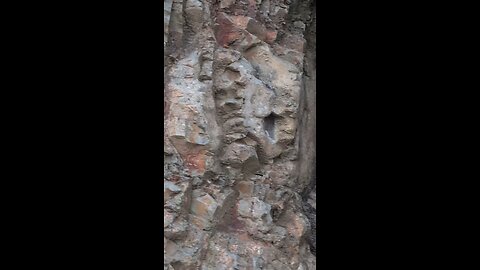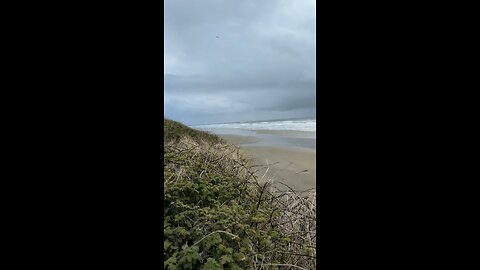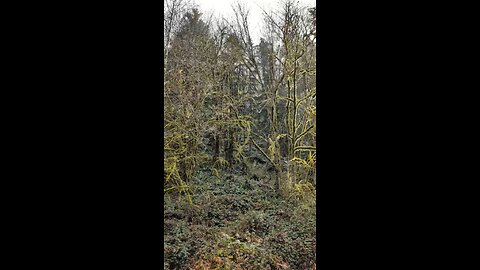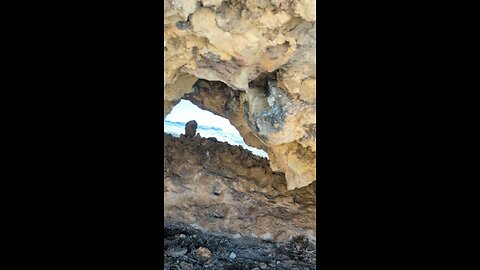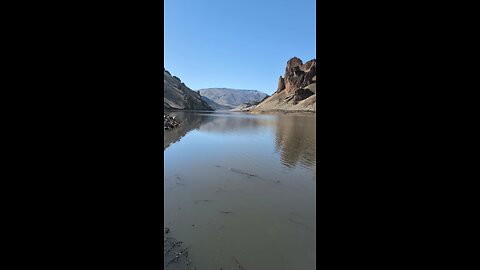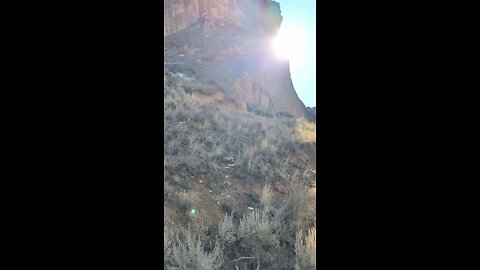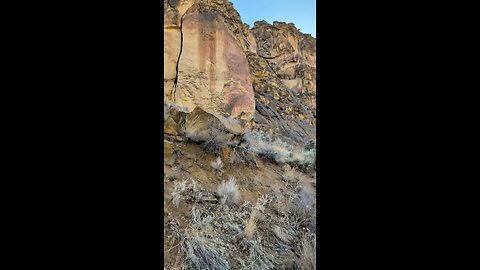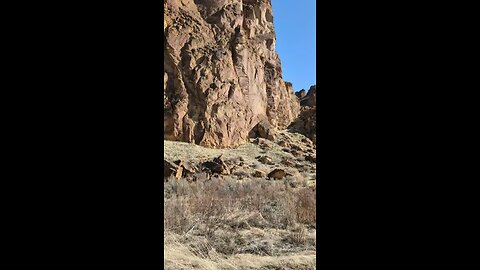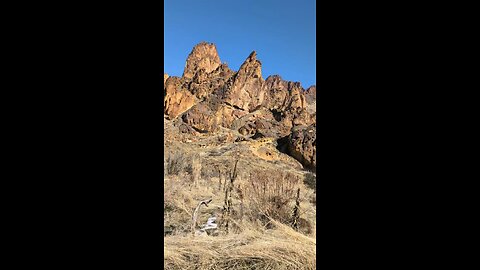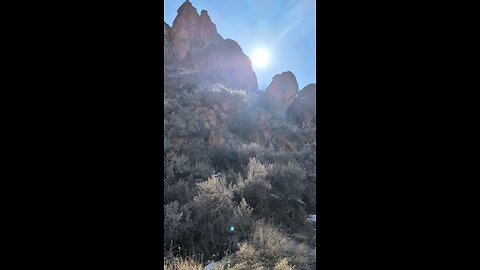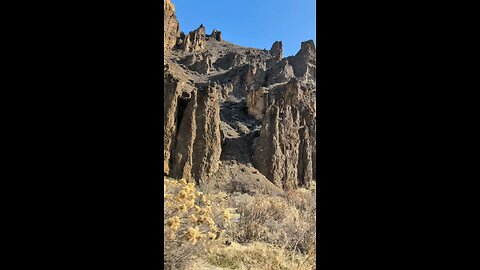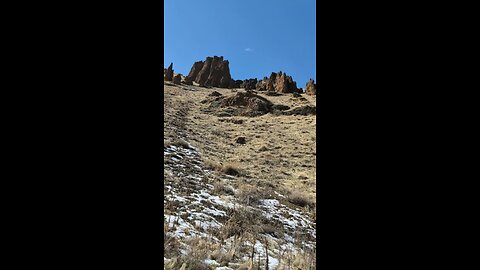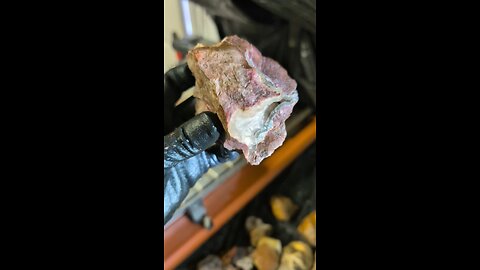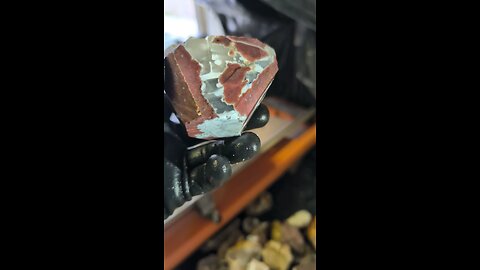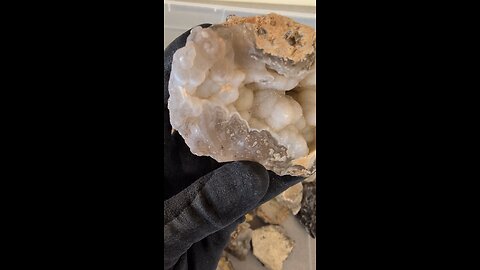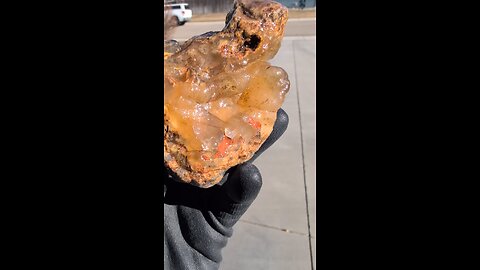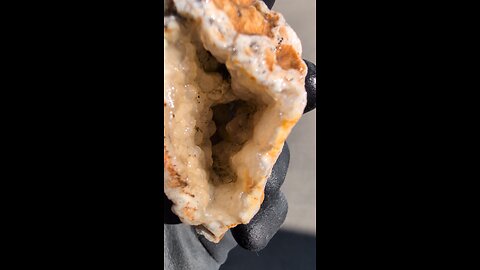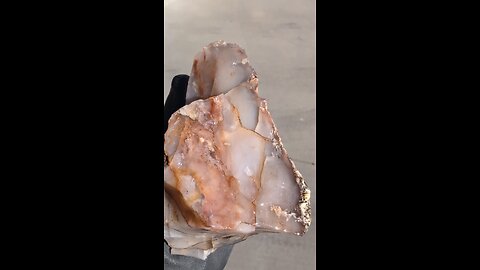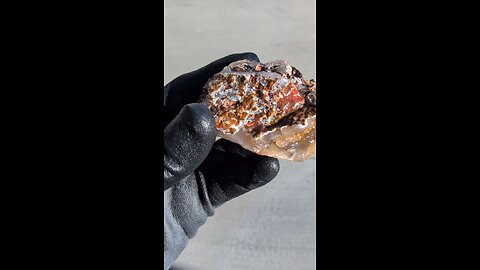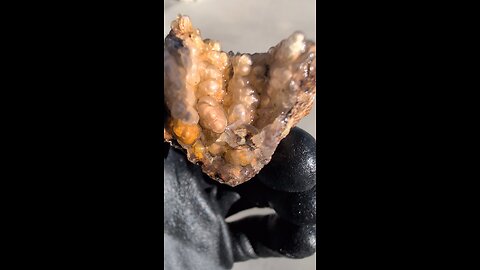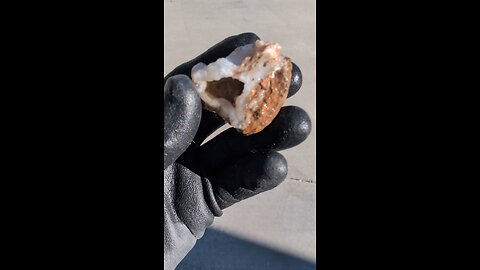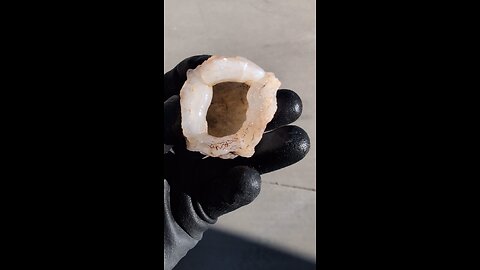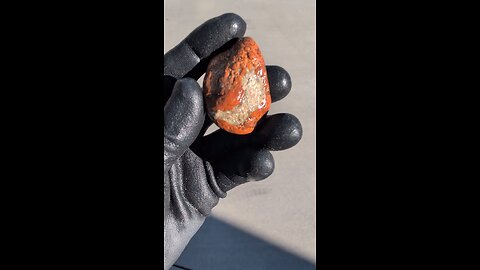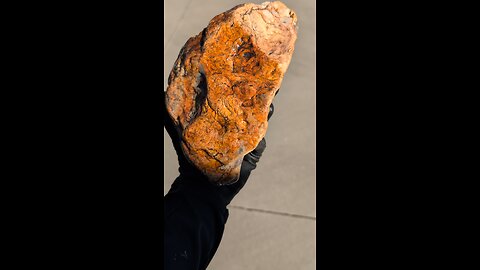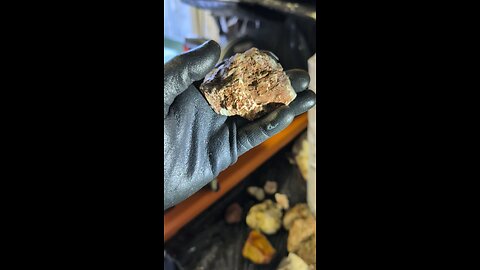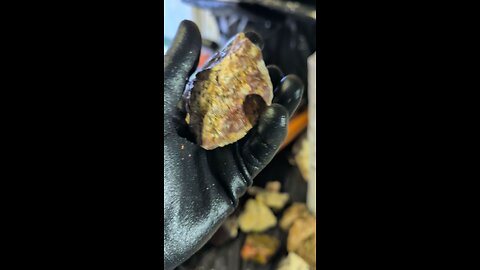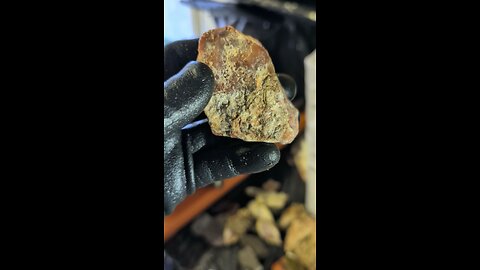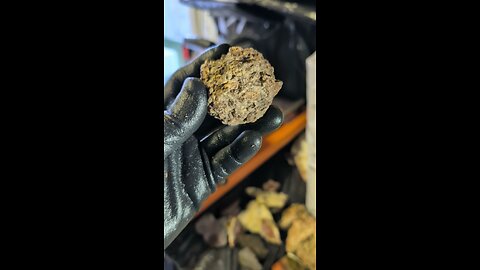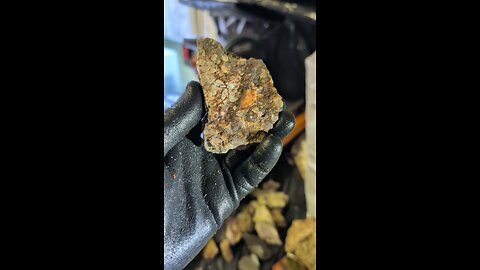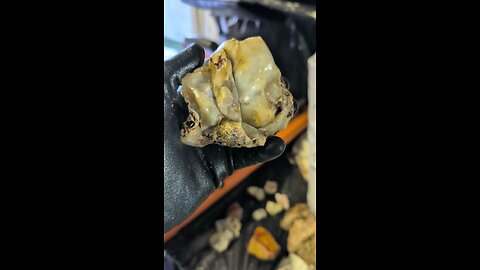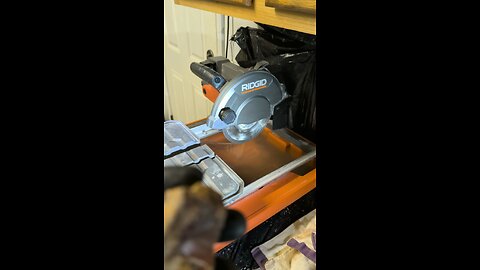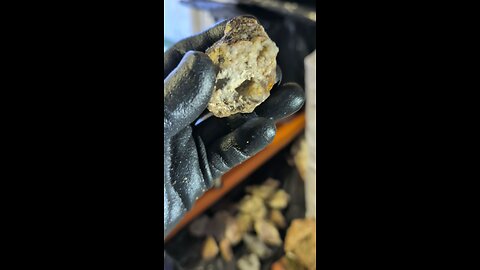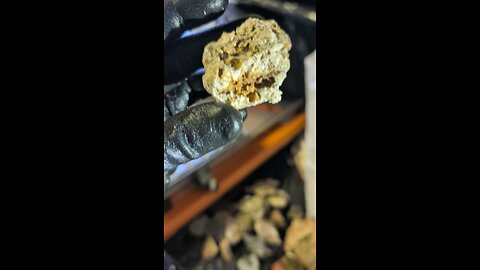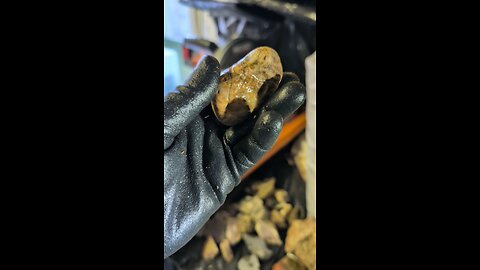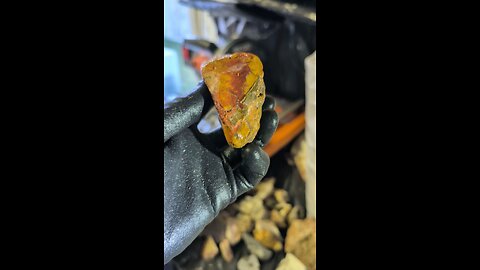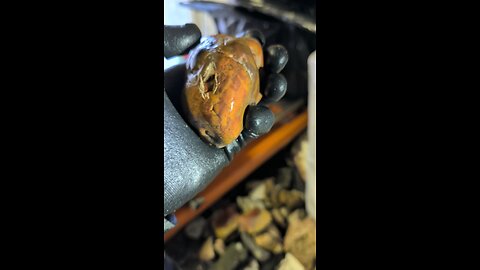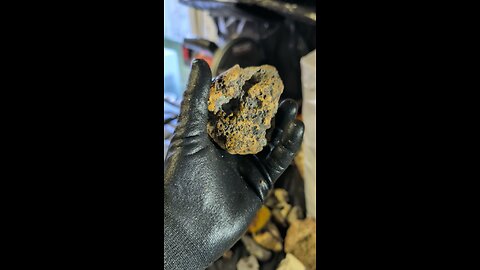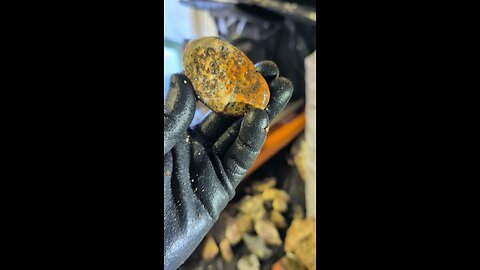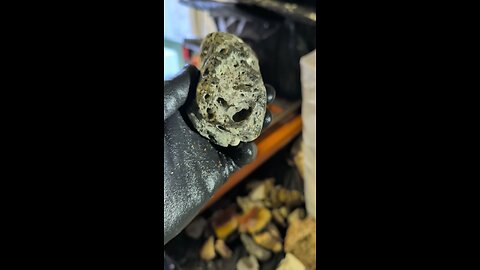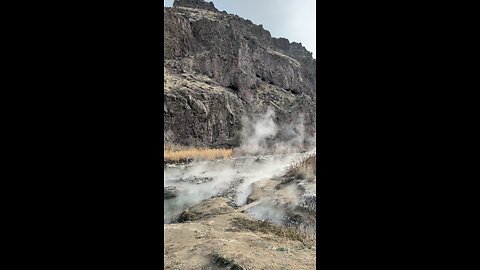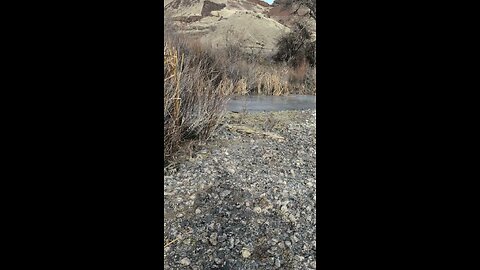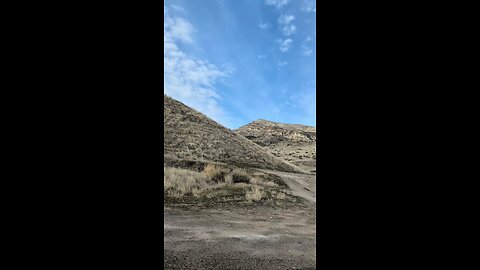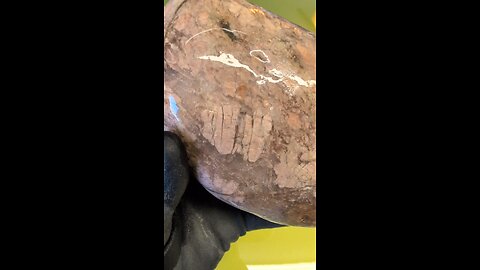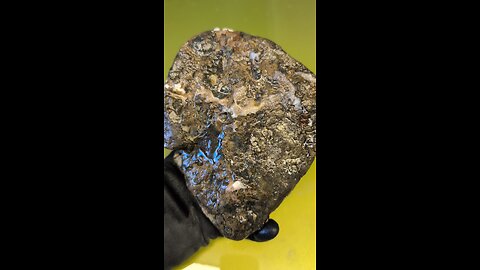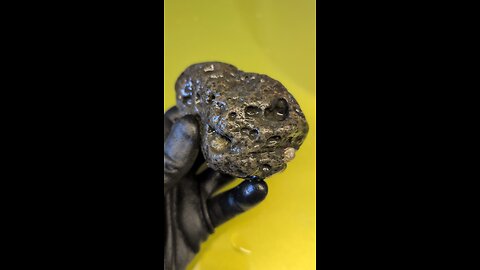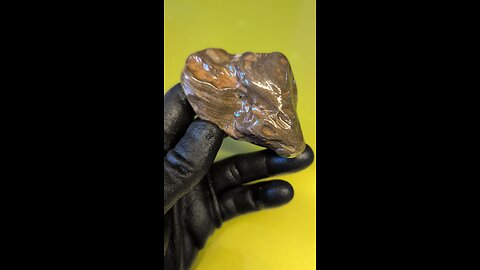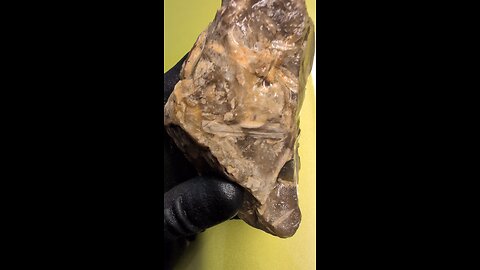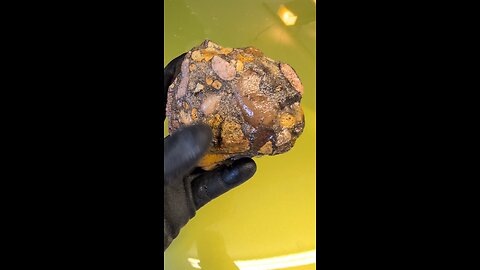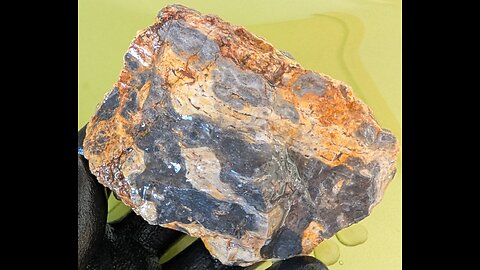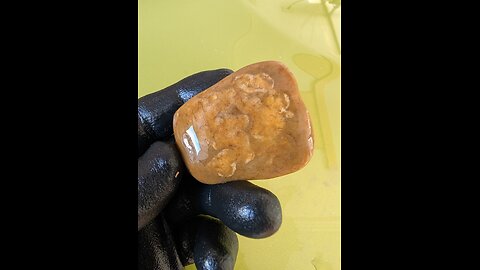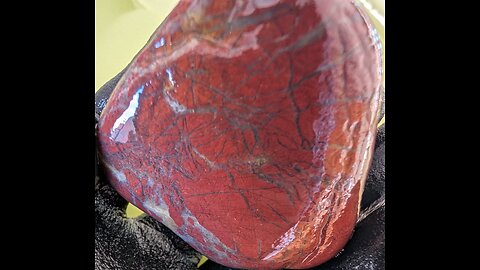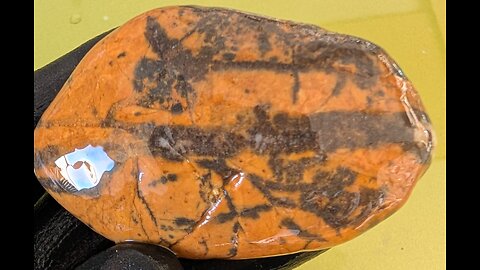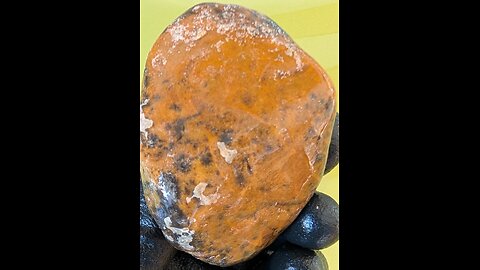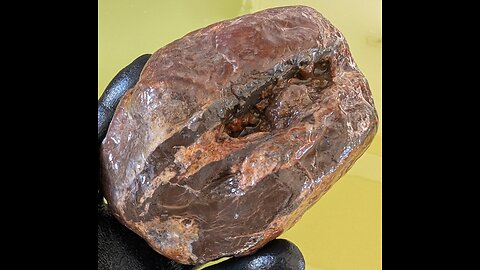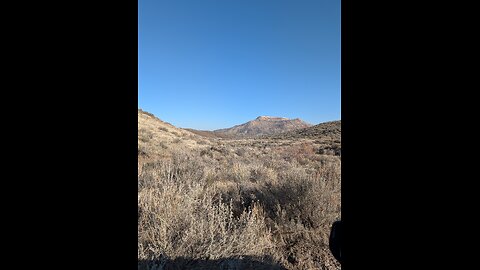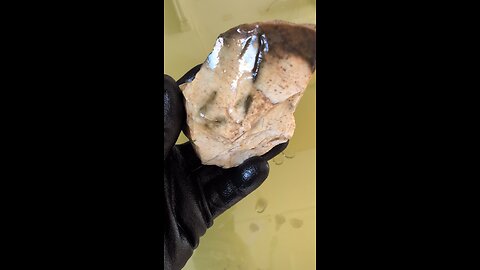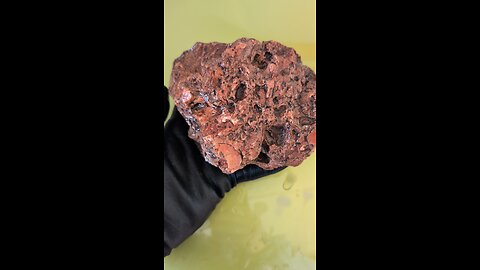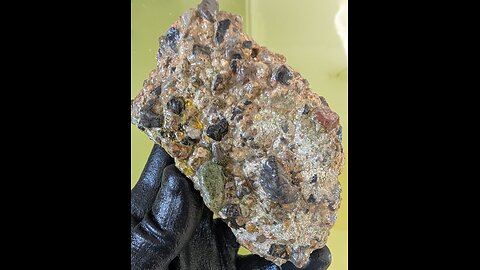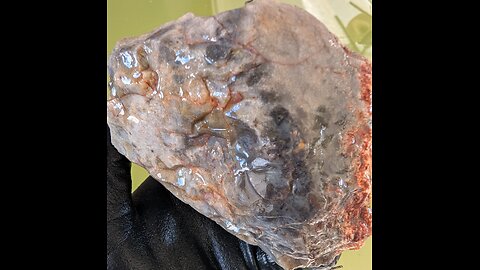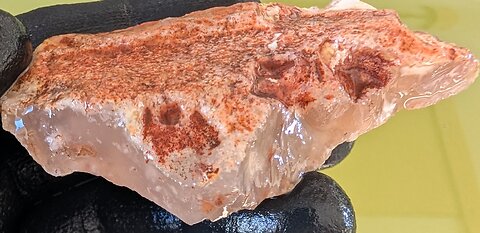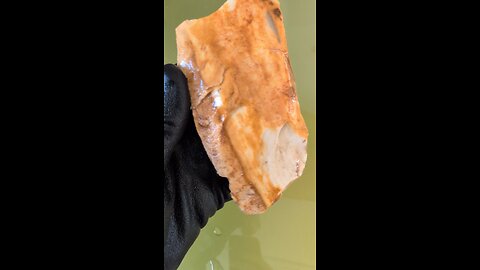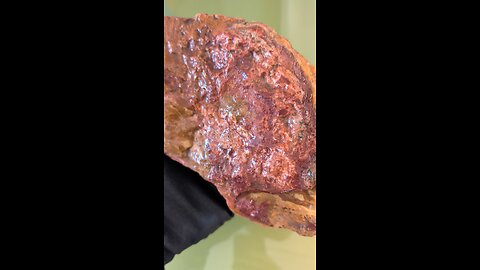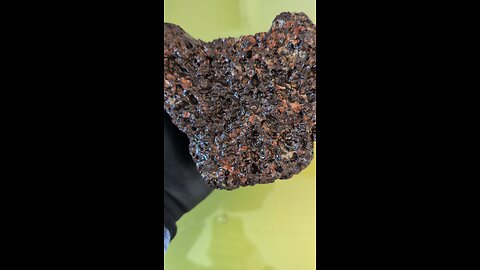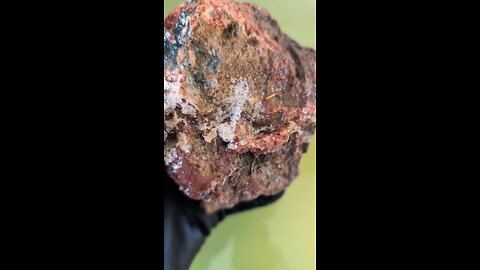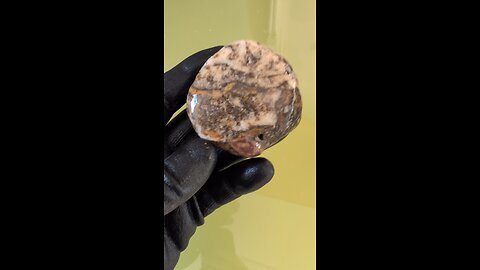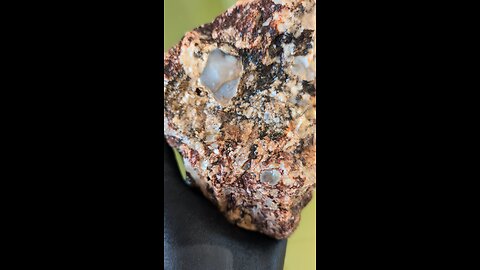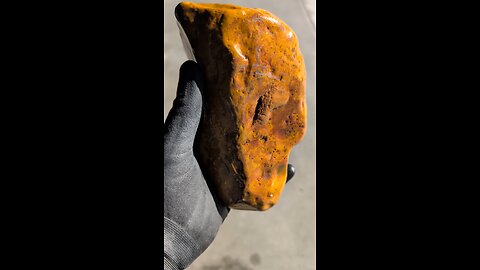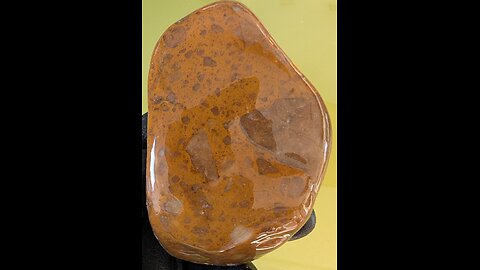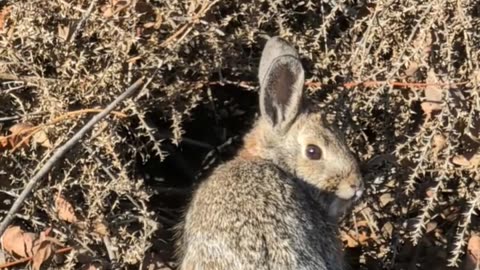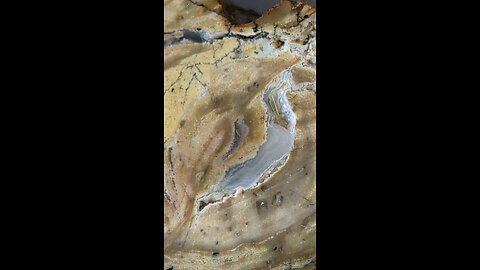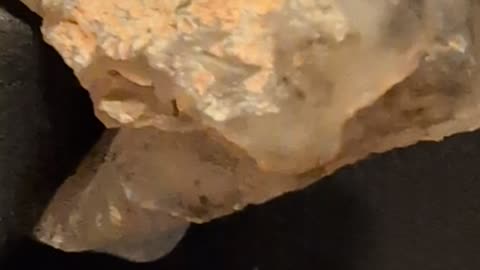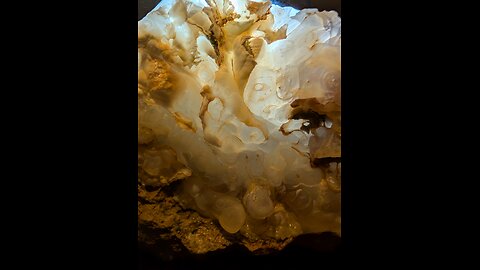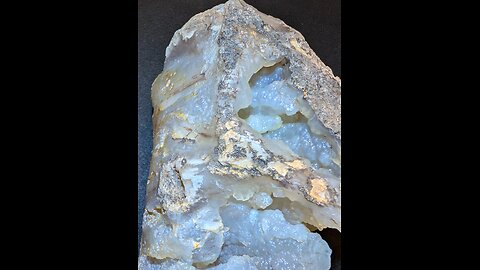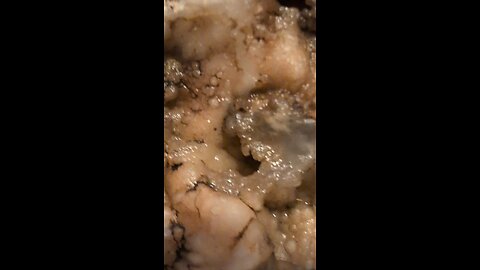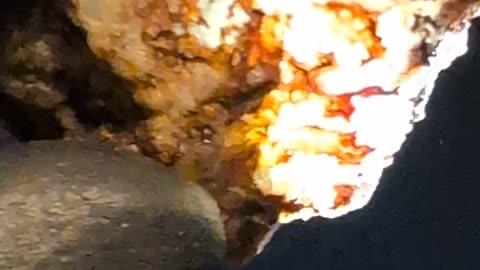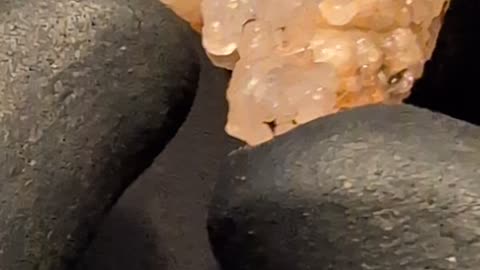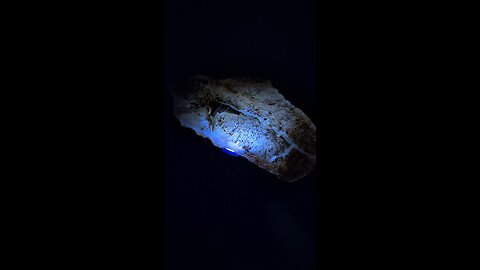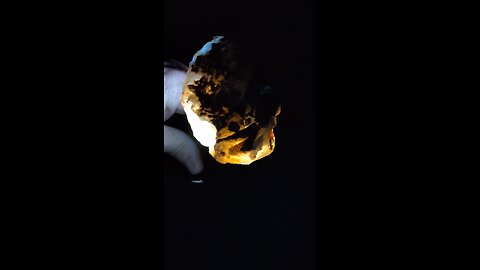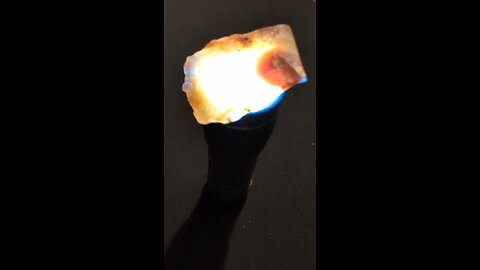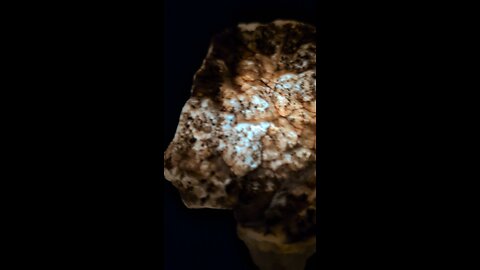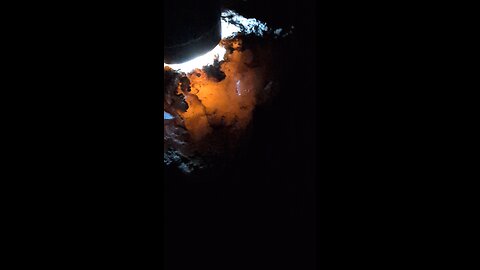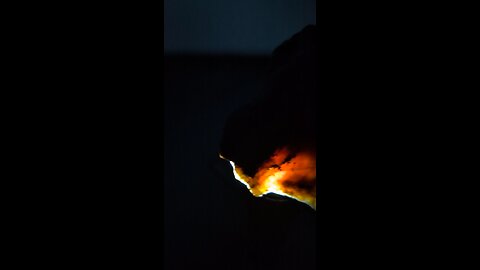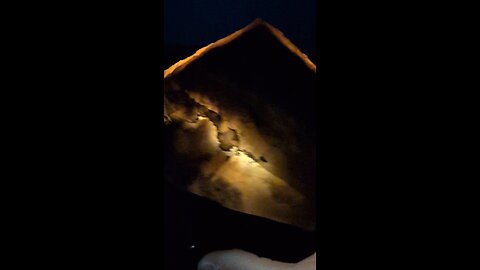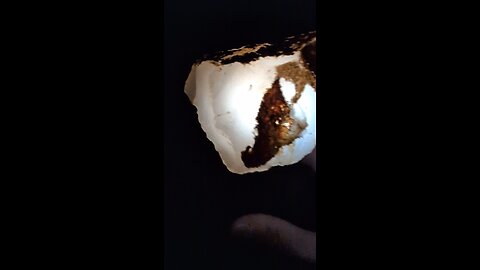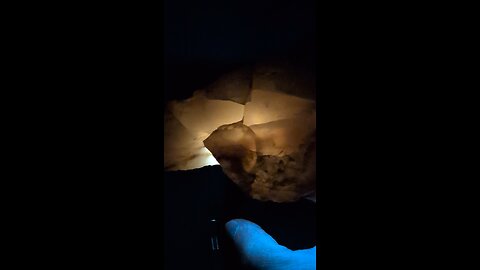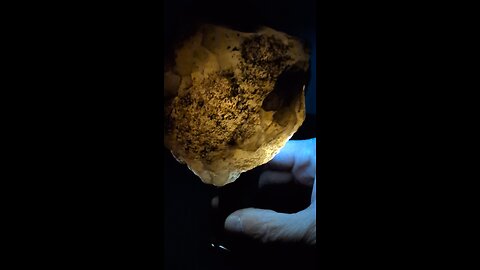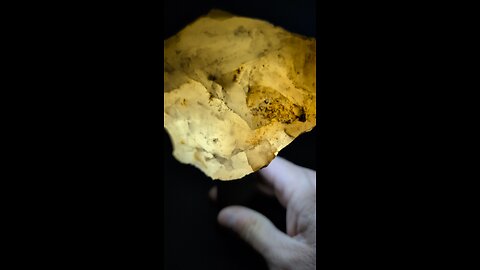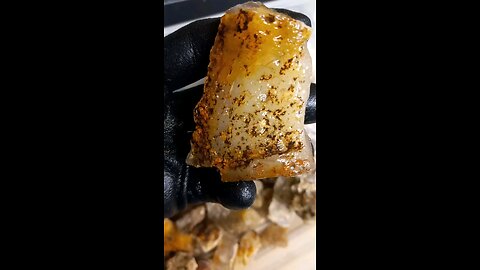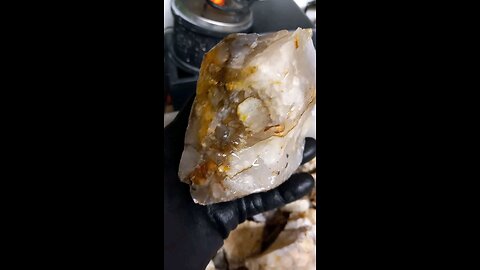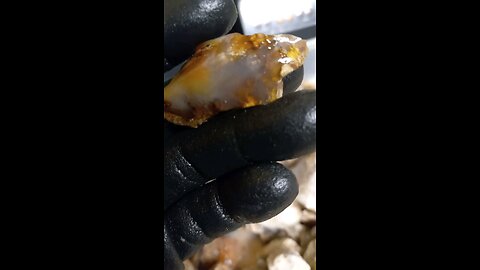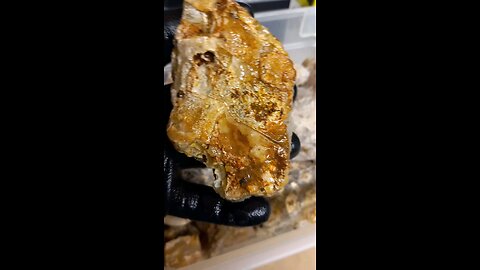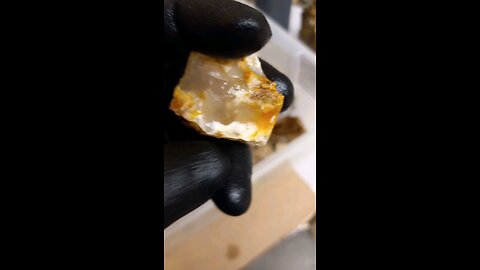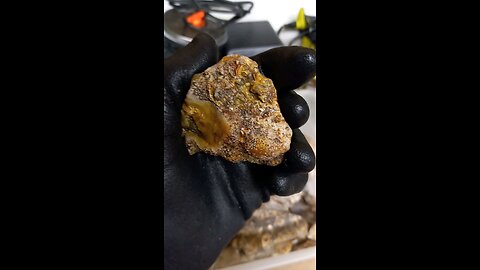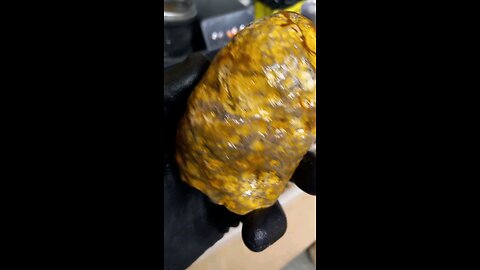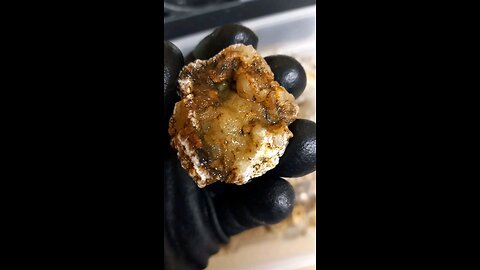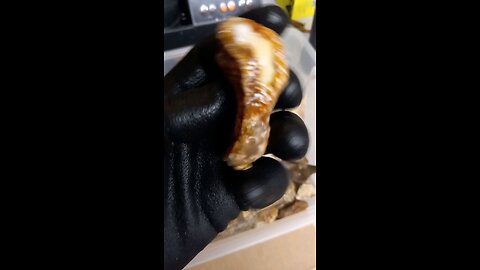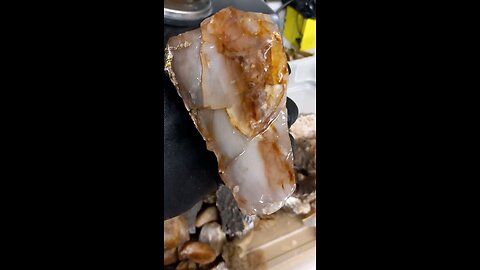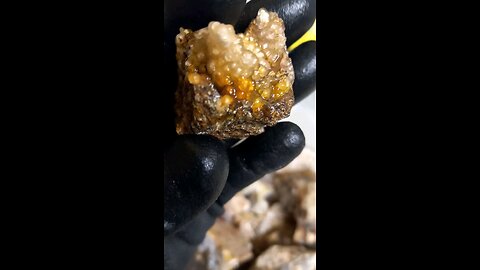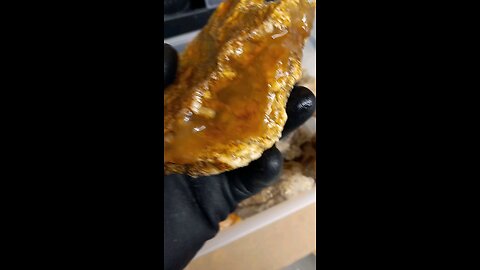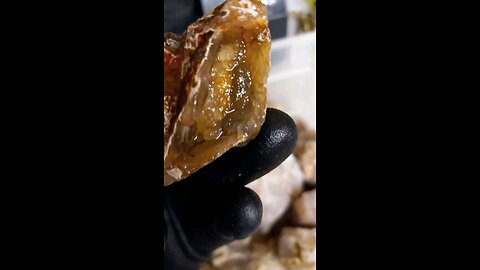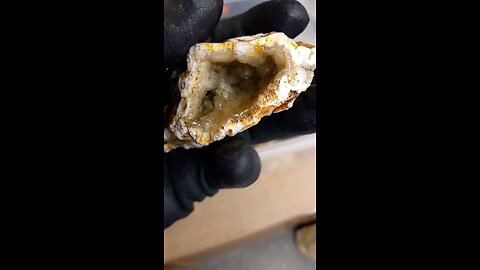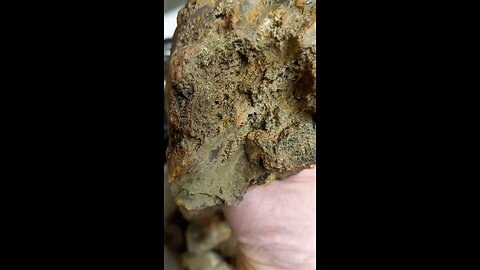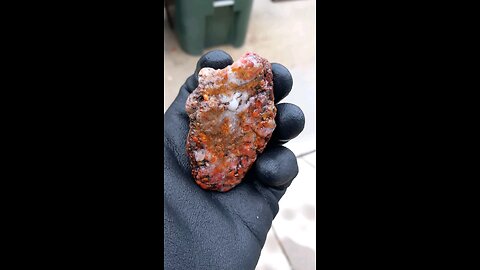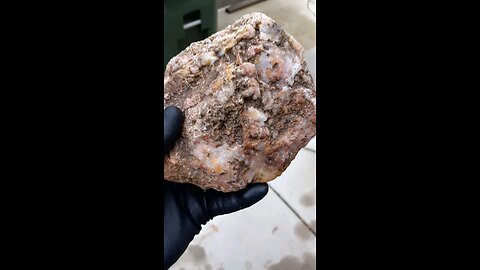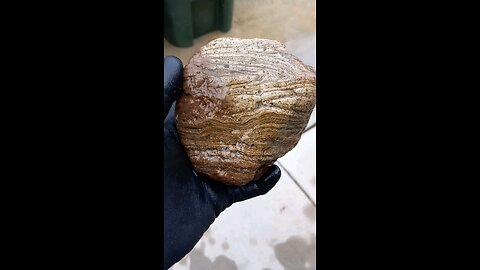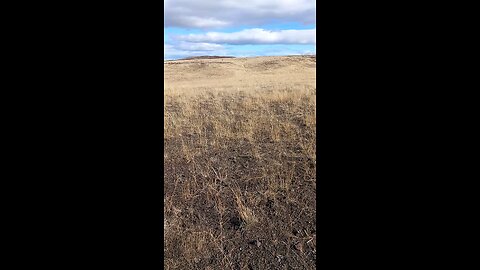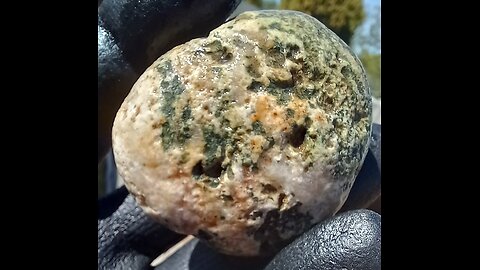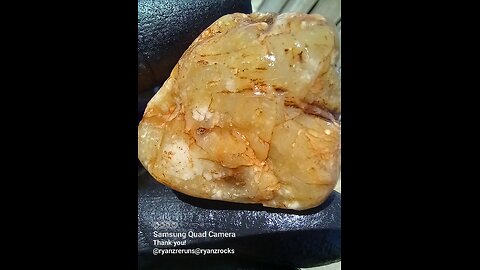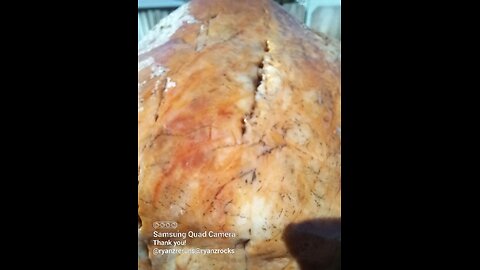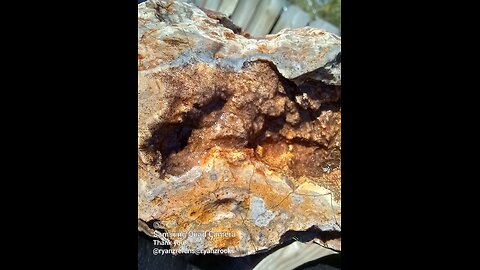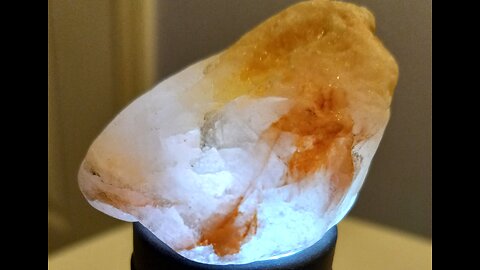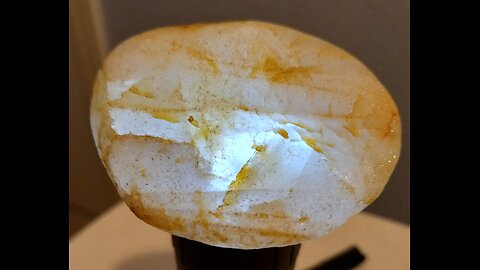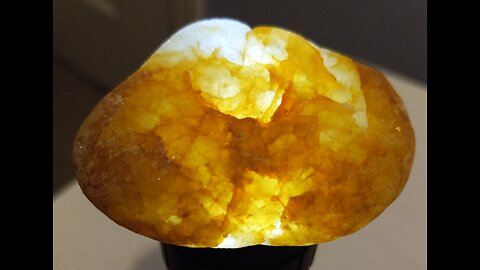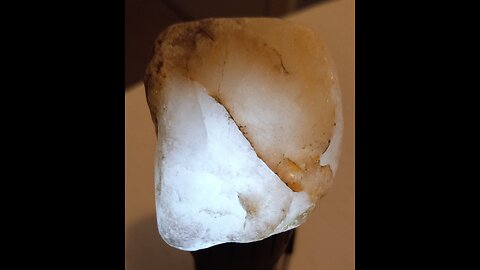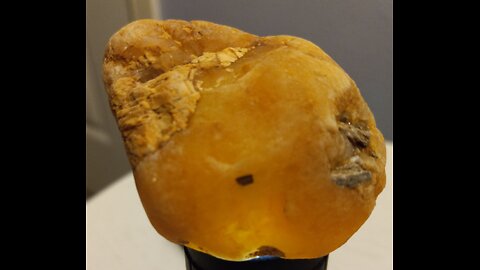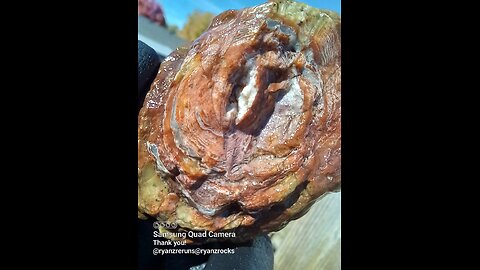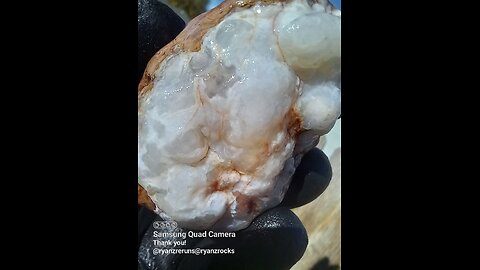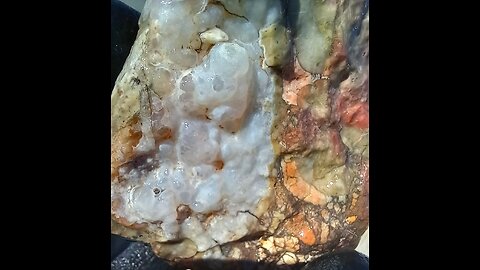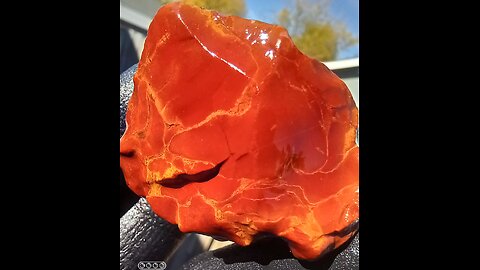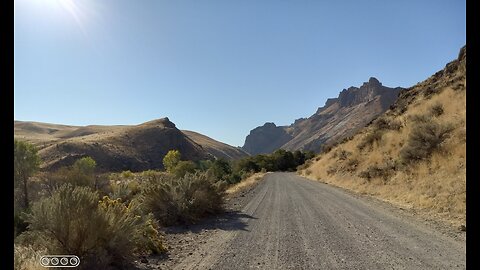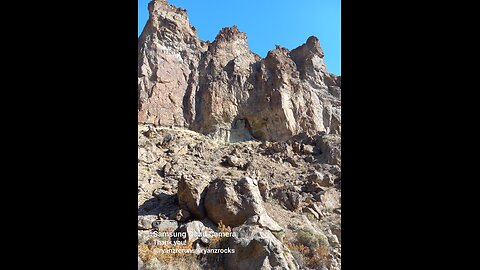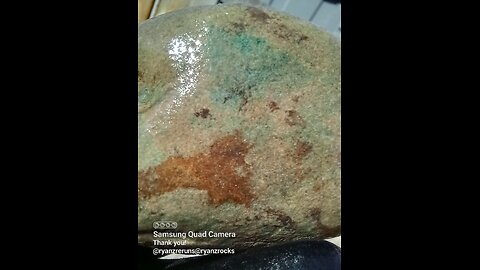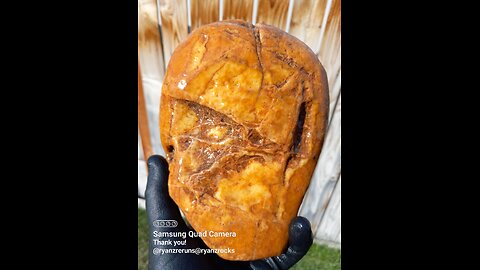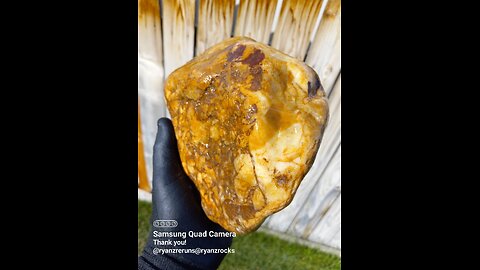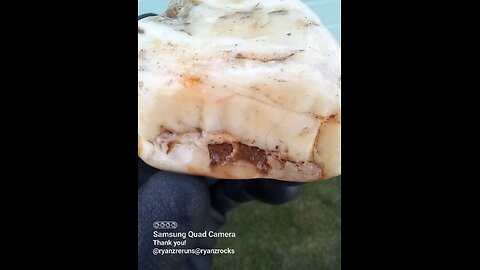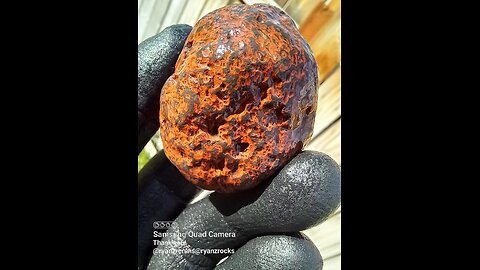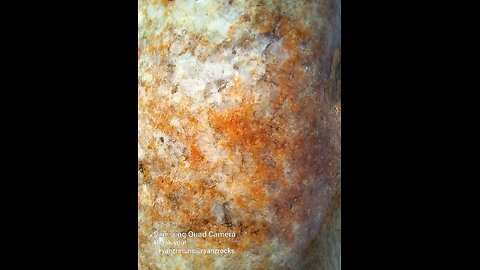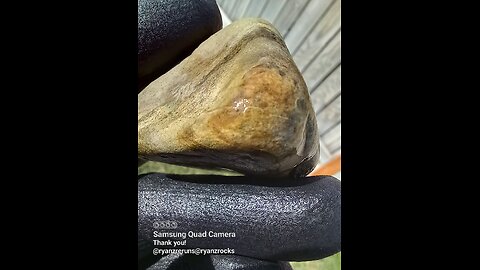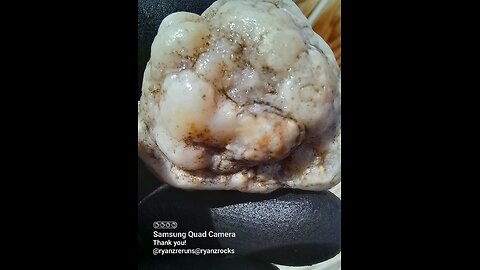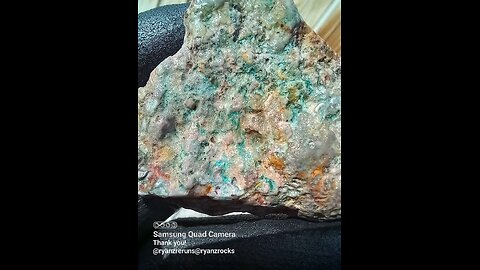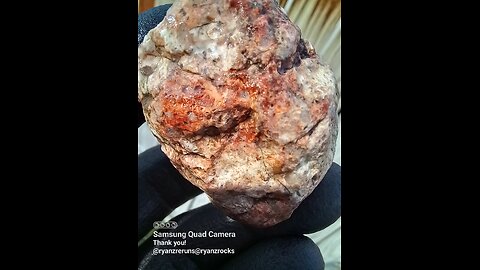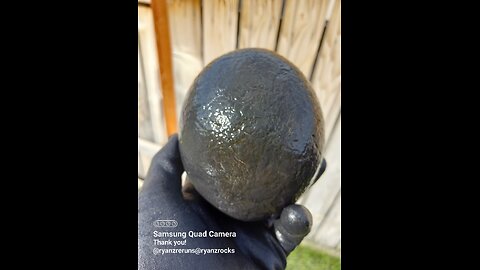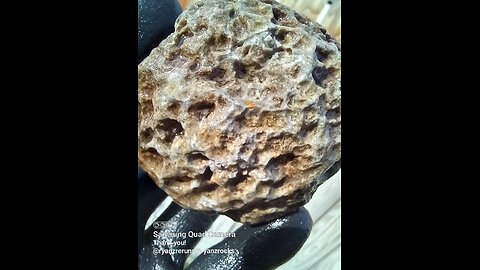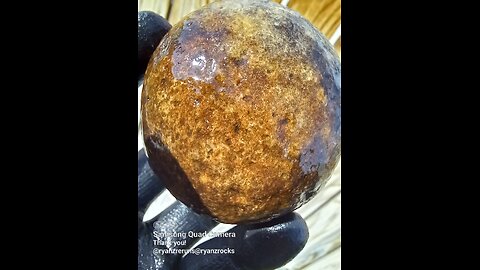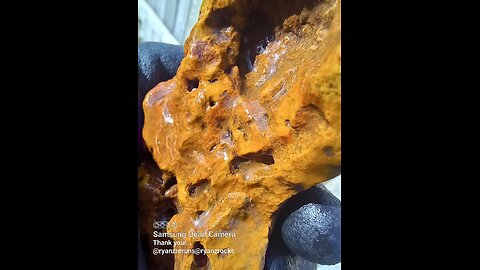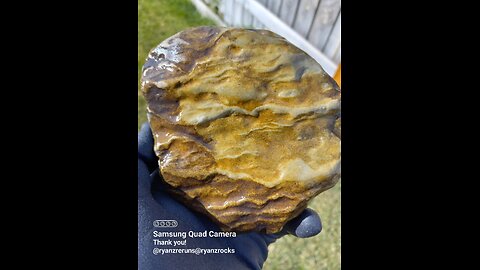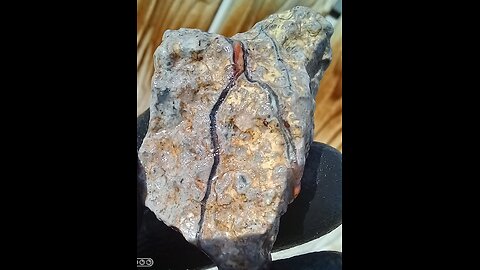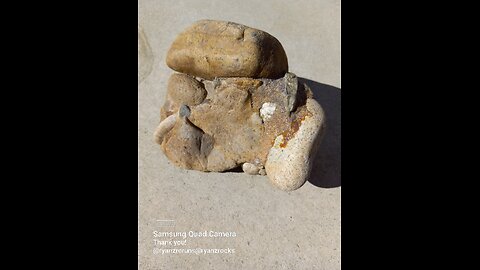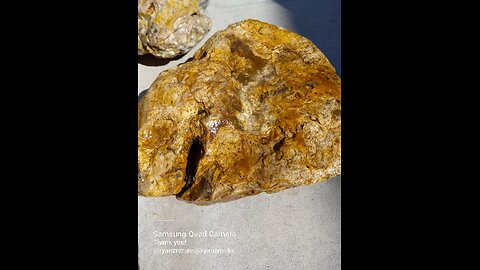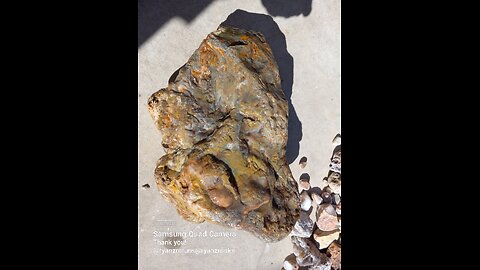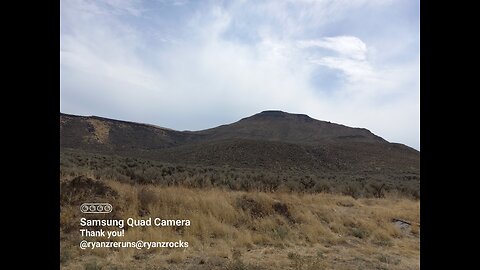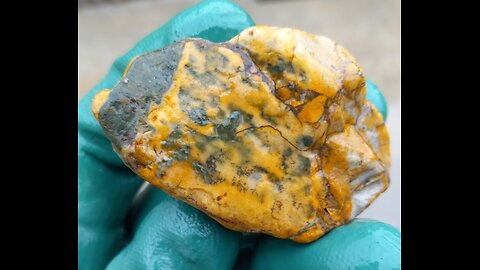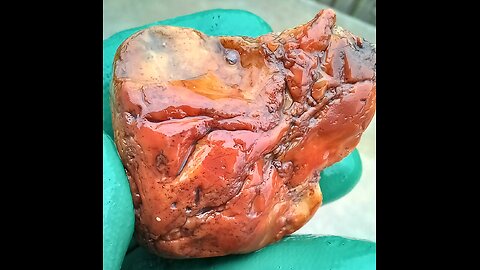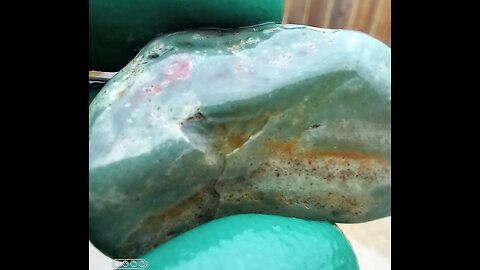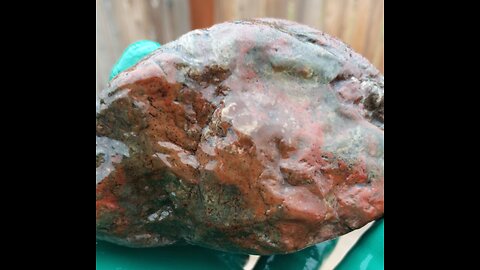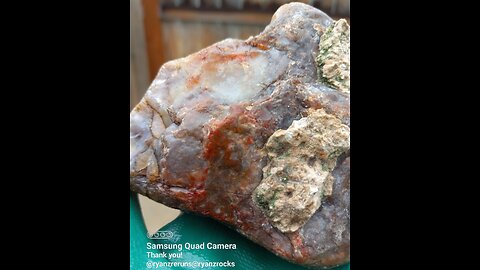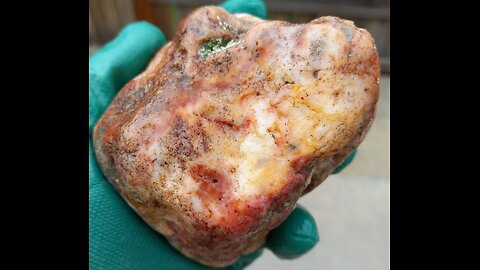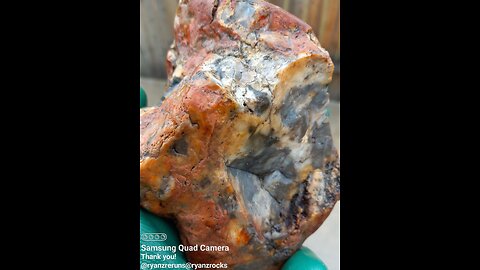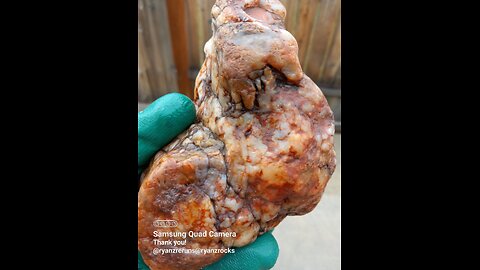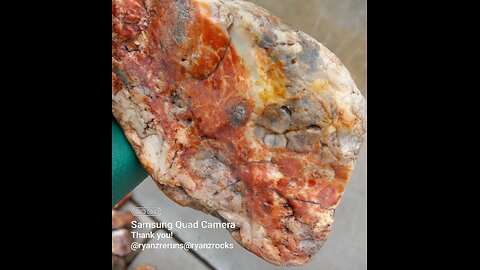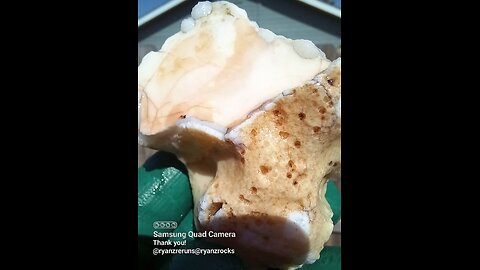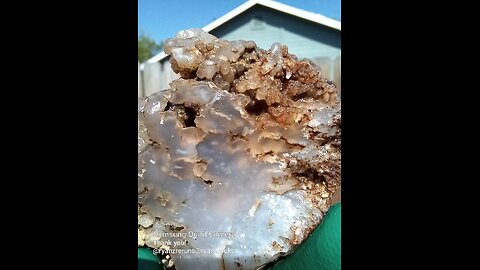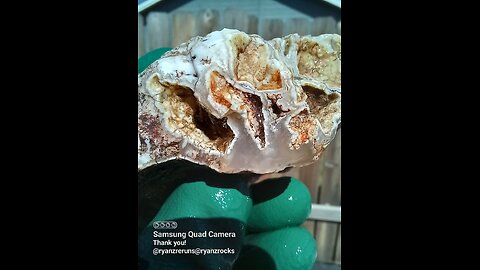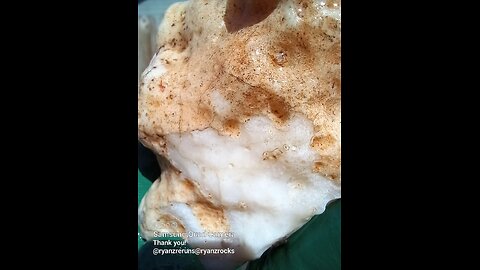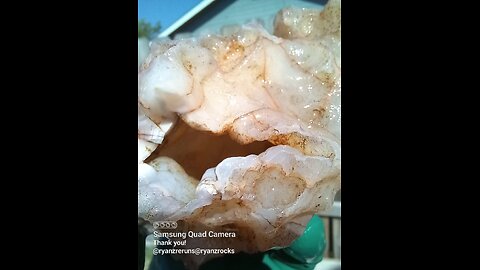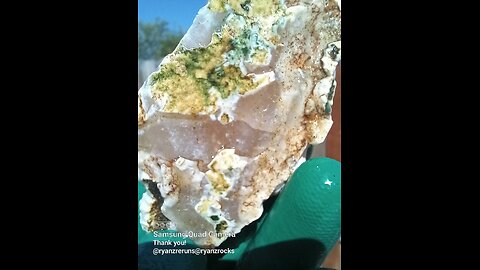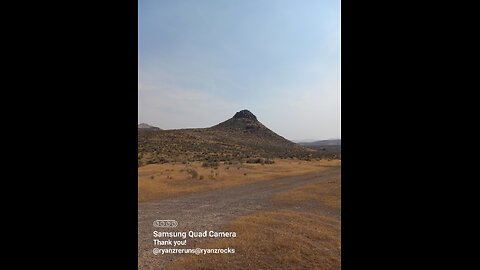Premium Only Content
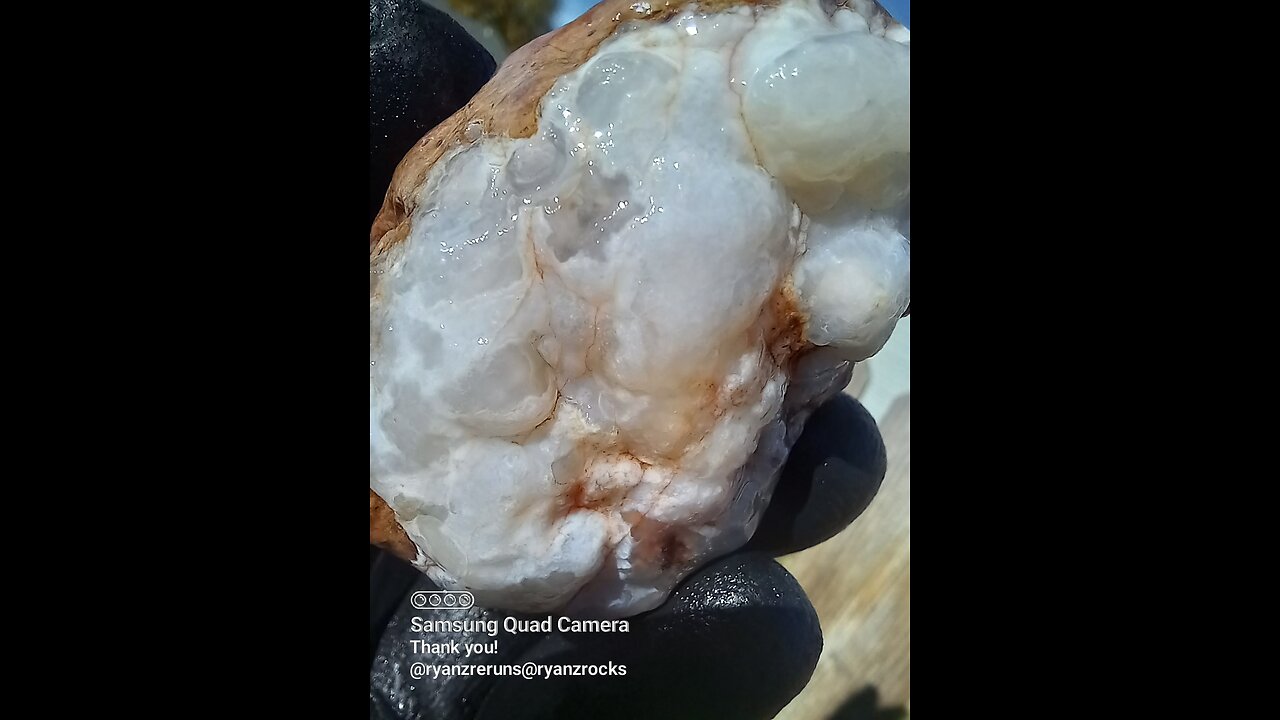
Beautiful Blues at Beverly Beach!
Big Blue Pacific!
Near the Punchbowl!
Beverly Beach!
Beverly Beach Oregon!
Path to the Punchbowl!
Beautiful Beverly Beach Sand Art!
Heading home along the Columbia River!
John Day Dam!
Beautiful Beverly Beach Sand Art!
Beverly Beach Cliff Side!
Beverly Beach!
Angry Seas and a Lighthouse!
Morning tide!
Natural Sand Art at the Beach!
Angry Seas this morning!
Agate Beach!
Nye Beach Cliff side!
Nye Beach Newport Oregon!
Willamette National Forest!
Room with a view!
Lake Owyhee!
Entering the Gulch!
What planet am I on?!?!
Beautiful day at the Gulch!
Cliffs at Leslie Gulch!
PEOPLE CLIMB THESE!
Jagged!
Blue Skies at the Gulch!
Cool formations!
Botryoidal cut!
Shaping!
Botryoidal Geode!
Botryoidal Carnelean!
Botryoidal Geode!
Big Sexy!
Botryoidal Plume Agate!
Botryoidal Formation!
Chalcedony Geode!
Geode Shot Glass!
Leopard skin Jasper!
Big Jasper!
A river runs through it!
Thunderegg Cut!
Agate Cut!
Fossiliferous Limestone Cut!
Breccia!
Agate Cut!
Beautiful Agate Cut!
Ooids inside!
Travertine Cut!
Agate Stone Cut!
Brecciated Jasper Cut!
Jasper Cut!
Agate Nodule Cut!
Leopard skin Jasper Cut!
Green Tint Basalt Cut!
Cold Rockhunt in a Hot Springs!
Snively Gulch!
Roadcut Snively Gulch!
Agate n' Brecciated Jasper!
Hot mess of Conglomerate!
Basalt Lavarock!
Jasper w/iron inclusions!
Big Daddy!
Chalcedony Chunk!
Fruity Pebbles Conglomerate!
Ironstone banding!
Quartzite w/patterns!
Brecciated Red Jasper!
Breccia!
My BFFs a BIF!
Blob o' Jasper!
Walkin' a wash!
Soapstone!
Breccia!
Conglomerate!
Jasper chunk!
Plume agate!
Jasper!
Jasper chunk!
Lavarock!
Breccia!
Red eye!
Interesting chunk o' Jasper!
Can't wait to cut this one!
Yellow Jasper!
Bruneau Jasper!
Out rockhoundin' the other daaaayie...
Thunderegg Inspection!
Plume botryoidal chalcedony nugget!
Plume slice!
Botryoidal slice!
Plume agate inspection!
Plume flow!
Botryoidal Chalcedony Nugget!
Playing with color!
Plume chunk glow!
Red dot glow slice!
Glow plume!
Carnelean Glow!
Jasper glow!
Glow Plume!
Plume chunk glow!
Slab o' Plume Glow!
Glow chunk!
Plume agate glow!
The green caught my eye!
Square geode!
Big ol' chunk!
Beautiful dark opal!
Hot Botryoidal Mess!
Plume agate!
A Bit o' Honey Plume Agate!
Brecciated jasper!
Plume agate!
Alien egg!
Half of a geode!
It's curved!
Plume Agate!
Botryoidal formations!
Carnelian sandwich!
Broken geode!
This half survived Monther Nature!
Plume agate!
Beautiful Colors!
Jasper, Chalcedony, Opal & ???
Cool Banding!
Rockhunting at Graveyard Point!
Botryoidal chalcedony!
Wash walkin'
Dark green metamorphic!
Pretty Orangey & Yella Quartzite!
Chalcedony Nodule!
Big Daddy Agate!
Reds!
Agate Chunk!
Beautiful Glow Quartz!
Iron Stained Quartz!
Yellow Agate Nodule!
White Iron Stained Quartz!
White Quartz!
Iron Stained Quartz!
Pretty Yellow Glow Nodule!
Thunderegg!
Half a Thunderegg w/Opal!
Botryoital Opal w/ A Little of Everything!
Pretty Red Jasper!
Succor Creek Canyon, OR.
Watch for Rocks!
Greens & Browns!
Big ol' nodule!
Hot Mess of agates!
White/Yellow Chalcedony!
Nodule w/ reds!
Spud 4!!!
Green Sandstone!
Botryoidal chalcedony!
Pretty greens!
Pretty red agates nodule!
Another nodule with reds!
Dinosaur Egg!
Into the "to be cut" box!
Geode?
Molten Sandstone?
Red!
Sandstone!
Example of minerals seeping into rocks!
Rockhounding near Mitchell Butte, OR
Love the Green!
Spud!
Chalcedony or Opal?
Mish Mash of Agate!
Shard of Agate!
Bright Red Agate!
Bright Green Agate!
Rusty Red Agate!
Colorful Agate!
Limestone!
Beautiful Reds! Jellybean Agate!
Jellybean Agate!
Definitely cut this one!
Colorful Jellybean Agate!
Big ol' Colorful Chuck of Agate!
Took forever to cut this one!
Thought this Thunderegg would be hollow!
Time to cut!
Green & White Chalcedony!
It's hollow!
Half a Thunderegg w/Opal!
The rock in the image appears to be a type of **thunder egg** or **agate**. Here's why:
1. **Coloration and Banding**: The rock shows a combination of colors, including brown, white, and possibly some hints of other colors, which is typical for agates and thunder eggs. The banding pattern is also characteristic of agates, which form in cavities of volcanic rocks.
2. **Translucency**: Some parts of the rock are translucent, which is common in agates due to their chalcedony composition.
3. **Texture**: The rock's texture looks somewhat waxy or glassy, which is typical for agates that have been polished or naturally worn smooth.
4. **Inclusions**: The yellowish or brownish areas could be due to iron oxide or other mineral inclusions, which are often found in agates. Thunder eggs are nodules of agate found in volcanic rocks, and they often have a hollow or partially hollow interior filled with crystals or banded agate.
However, without specific tests like a hardness test, streak test, or chemical analysis, this identification remains speculative. For a more precise identification: - **Hardness Test**: Agate has a hardness of around 7 on the Mohs scale, meaning it should scratch glass but not be scratched by a knife. - **Streak Test**: The streak of agate would typically be white or colorless. - **Consulting a Geologist or Using Spectroscopy**: For a definitive identification, especially if this rock might be of value or scientific interest. Remember, rock identification can be complex due to the natural variability and the presence of multiple minerals in one specimen. Visual characteristics alone can sometimes lead to misidentification.
Opal is a hydrated amorphous form of silica, with a water content typically between 3 and 21% by weight, most commonly around 6-10%. It's deposited at relatively low temperatures and can be found in the fissures of various rock types, including limonite, sandstone, rhyolite, marl, and basalt. Here's a deeper look into opal:
Types of Opal:
Precious Opal: Known for its "play-of-color," which is an optical phenomenon where colors flash or change as the angle of light or observation changes. This effect is due to the diffraction of light through the microscopic silica spheres within the opal.
Common Opal: Lacks the play-of-color and can come in a variety of colors like white, black, grey, yellow, orange, red, or brown. It's often referred to as "potch" when not gem-quality.
Fire Opal: Typically ranges in color from yellow to orange to red and can be transparent to translucent. Fire opals can exhibit play-of-color, but their name comes from the fiery body color.
Boulder Opal: A type of opal naturally attached to its host rock. It's often cut with the host rock to provide stability and to enhance the visual appeal.
Matrix Opal: The opal fills the cracks and cavities within the host rock, creating a network of opal that's visible on the surface.
Formation:
Primary Opal: Forms through the slow deposition of silica from groundwater in cavities or fractures of rocks.
Secondary Opal: Can form by weathering or alteration of other minerals, often in more superficial environments or through the action of silica-rich waters.
Locations:
Australia: The world's leading source, especially for precious opal, with significant deposits in places like Coober Pedy, Lightning Ridge, and White Cliffs.
Ethiopia: Known for its black opals and more recently discovered opal fields.
Mexico: Famous for fire opals.
Brazil: Produces a variety of opals, including crystal opal.
Properties:
Hardness: Typically ranges between 5.5 to 6.5 on the Mohs scale, though it can be softer if less hydrated or harder if more silica-rich.
Luster: Can range from waxy to resinous to vitreous.
Transparency: Varies from opaque to semi-translucent to transparent.
-
 13:43
13:43
The Kevin Trudeau Show Limitless
5 hours agoClassified File 3 | Kevin Trudeau EXPOSES Secret Society Brainwave Training
1.5K4 -
 LIVE
LIVE
SportsPicks
3 hours agoCrick's Corner: Episode 75
35 watching -
 1:06:30
1:06:30
LindellTV
1 hour agoMIKE LINDELL LIVE AT THE WHITE HOUSE
2.11K -
 1:05:33
1:05:33
Russell Brand
4 hours agoTrump Goes NUCLEAR on China - accuses Xi of CONSPIRING against US with Putin & Kim - SF627
93.7K41 -
 1:14:47
1:14:47
Sean Unpaved
3 hours agoTrey Wingo's Gridiron Grab
9.68K1 -
 13:07
13:07
Silver Dragons
21 hours agoBullion Dealer Reacts to SILVER PRICE SURGING!
1.54K5 -
 1:06:28
1:06:28
Timcast
3 hours agoTrump Admin Threatens GOP Who Vote To Release Epstein Files
129K107 -
 2:13:09
2:13:09
Side Scrollers Podcast
4 hours agoDruski/White Face Controversy + Women “Experience Guilt” Gaming + More | Side Scrollers Live
31.9K3 -
 1:39:53
1:39:53
The Mel K Show
4 hours agoMORNINGS WITH MEL K - Narratives Implode as Light Shines on Covid Deception 9-3-25
24.9K7 -
 2:25:56
2:25:56
The Shannon Joy Show
3 hours agoExclusive With Congressman Tom Massie: "The Epstein Files Are NOT A Hoax. There Are Real Victims"
16.6K3
